Egtved Girl’s Unique 3,400-Year-Old Style Of Dress
About 3,400 years ago, a teenage girl died and was buried near Egtved, west of Vejle, Denmark. Although she is long gone, learning some things about her life is still possible. Her oak coffin was found in 1921 by Jutlandic farmer Peter Platzand and she was named the Egtved Girl. She had been covered with a wool blanket and put to rest in a hollowed-out, stripped oak trunk. One half functioned as a coffin and the other as its lid.
After all this time, there was not much left of the Egtved Girl’s skin or body in general, but her hair had been preserved, allowing experts to determine its color. Inside the coffin were also several grave goods and a yarrow flower had been placed on the edge of the coffin before the lid was put on, suggesting the girl had died in the summer.
“At the girl’s feet were the cremated remains of a 5-6-year-old child, who had probably died sometime earlier.
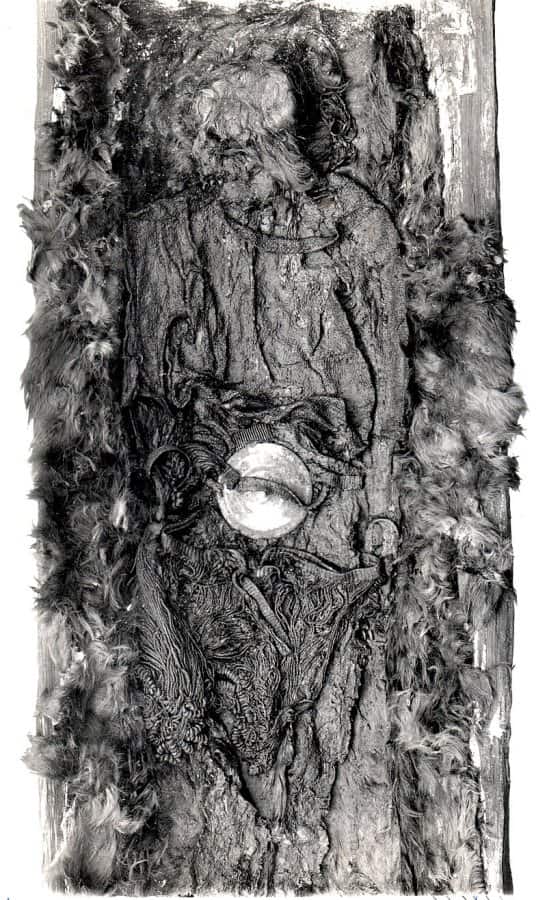
The child shares strontium isotope values with the girl and whilst nothing suggests that they have traveled together, they seem to have come from the same place.
Their relationship to each other is unknown since neither of them left any DNA for analysis.
Where Did The Egtved Girl Come From?
Today, The Egtved Girl is regarded as one of Denmark’s best-preserved Bronze Age finds. When scientists started to study her, they made a surprising find. Analysis of her teeth revealed the girl was not from Denmark. She was a migrant who had been traveling huge distances in the last 23 months of her life. This conclusion was based on analyzing her clothes, hair, and nails.
“It’s as wild as it can be. We’ve never had an indication that she shouldn’t be from the local area around Egtved, and when I started to investigate her clothes, it was to examine the contemporary trade patterns. We’re all extremely surprised,” says PhD Karin Margarita Frei, who is a senior researcher at the National Museum.
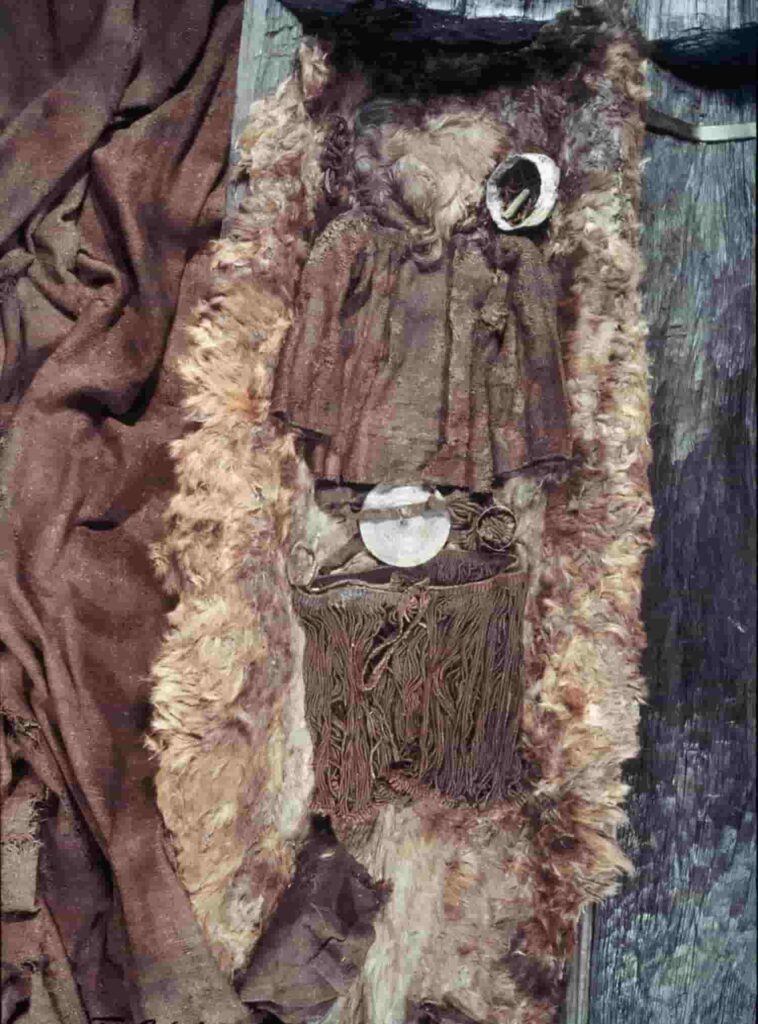
“In people’s minds, the iconic Egtved girl is Danish. Now it turns out that in reality, she was a migrant.
That the girl was a traveller, and almost what we would today call a commuter, will surely have an impact on the direction of future research in the coming years,” says Professor Helle Vandkilde, who was not involved in the new study herself.
It is possible to learn much about a person by extracting DNA from the individual’s hair, but this was not possible in the case of the Egtved Girl as “as all traces of DNA had been destroyed over time (due to the acidic environment in which she was buried}
However, clues to her origin came from the analysis of her nails, confirming that Denmark’s famous Bronze Age girl had traveled a lot.
“The strontium isotope analyses show that she made a least two long-distance journeys in the latter part of her life, between southern Germany and a place in South Jutland (Denmark) or northern Germany.” 2
It is also likely that the girl was actually born in Southern Germany, and the Black Forest was most likely her home.
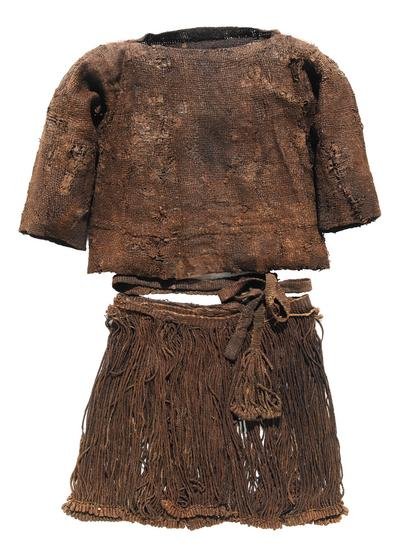
This is significant information that puts historical events into perspective. Professor Kristian Kristiansen, who participated in the study of the Egtved Girl pointed out that “although it is incredible that anyone had traveled so far in the Bronze Age, it is even more incredible because she is a woman.”
“It’s always the men we’ve spoken most about so it is important that we now have a woman in the picture. So far we’ve been able to show that merchants and warriors have moved, perhaps, 200 kilometres at the time. Yet until now, we have not had archaeological evidence that women have also moved this far.
The fact that we can prove that a woman made this journey, confirms to me that there was organized travel and trade between southern Germany and Denmark, and that they were connected with political alliances far beyond what we imagine,” Professor Kristiansen explained.
The Egtved Girl’s Beer
Inside the girl’s coffin, researchers found a bark bucket. “At the bottom lay a thick brown deposit. When the contents of the bucket were analyzed it became clear that it had contained a fermented drink – probably beer sweetened with honey. The drink was made from cowberries or cranberries. Wheat grains, remains of bog myrtle, and large quantities of pollen (including lime pollen) were also found.
Pollen is the “fingerprint” of plants and with the aid of careful analysis, it is possible to identify the plants that the drink contained.”
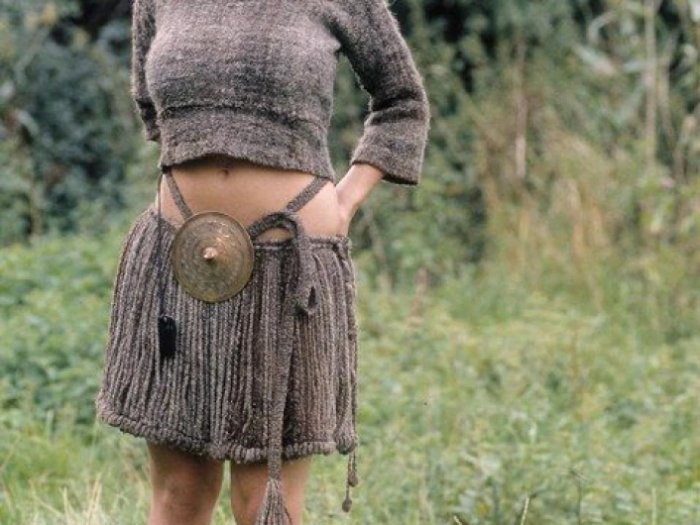
The discovery led eventually to Denmark’s Skands Brewery, in co-operation with Denmark’s National Museum launching the production of a wheat beer called Egtved Girl’s Brew based on the 3,400-year-old recipe found in the oak coffin.
The Egtved Girl’s Unique Dress
The story of the Egtved Girl becomes even more intriguing when we learn about her striking outfit that experts have reconstructed. Seeing how ancient people were dressed always brings the past closer to us. Reconstruction of prehistoric clothes, jewelry, houses, and anything that concerns daily life offers a unique glimpse into the past we will never experience in any other way than by studying images and reading books.
Based on the findings inside the Egtved Girl’s coffin, scientists could conclude she had been wearing a spectacular cord skirt. “It went down to her knees, was wound twice around her waist, and was 38 cm long. This kind of skirt was in use throughout the Bronze Age.
“The costume was made up of several components: a blouse on the upper body, a sash with a belt-plate attached, a corded skirt, as well as pieces of textile around the feet and leather shoes.
The grave also contained a comb and two arm rings, one earring, an awl, some smaller pieces of textile made of wool.”
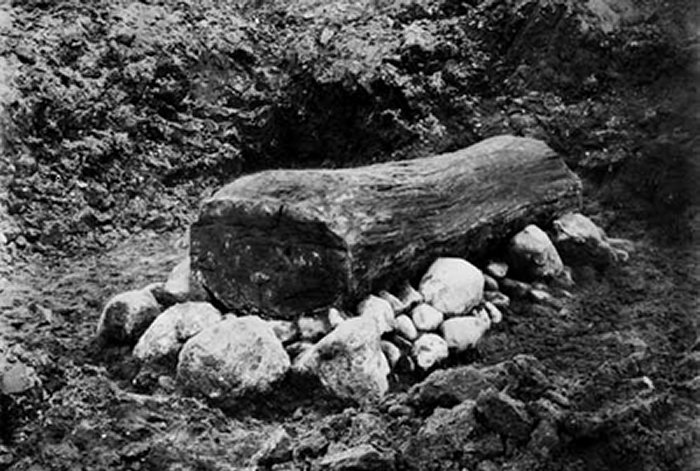
“One could speculate that the corded skirt may have been made for her in her area of origin and it could be a piece of costume that was intended for her to grow into with age, or just to show her network.”
“Some small female figures of bronze from Grevensvænge, Zealand, are also dressed in cord skirts. It has been suggested that the figures represent rituals that were performed at the cultic feasts of the Bronze Age. The women who were dressed in cord skirts may have performed ritual dances. Perhaps the Egtved Girl also took part in dancing rituals.”
Her clothes were reconstructed for the National Museum of Denmark by the Lejre Experimental Centre. A reconstruction of her unique 3,400-year-old dress and details of the excavation can be seen at the National Museum of Denmark.

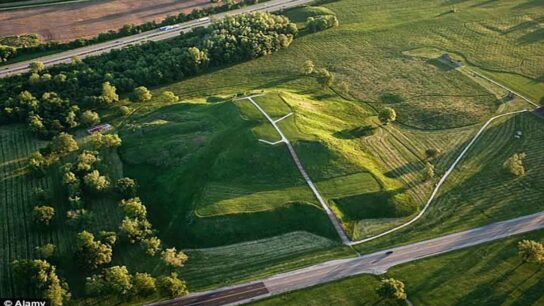

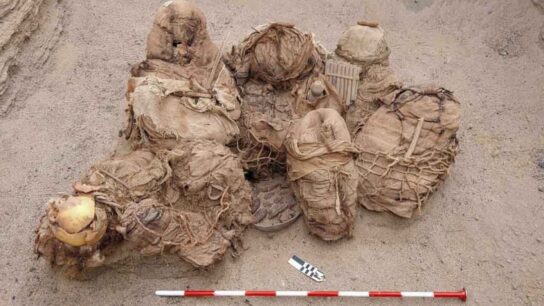

very interesting, thank you for the post.
WOW! GREAT DETAILED DESCRIPTION!!